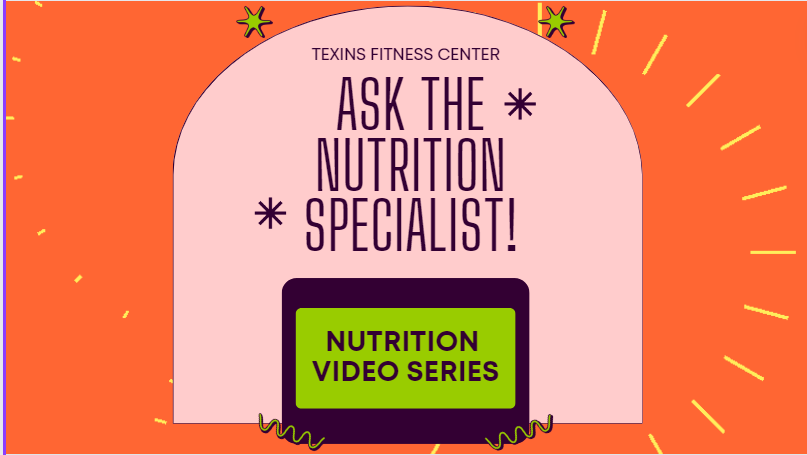Back to School- Nutrition
Back to School season is here! With busy mornings and jam-packed evenings, preparing delicious and nutritious meals may not be at the forefront of minds. I have some ways to include simple and easy nutritious meals and snacks to be a part of your routine.
Why is nutrition important?
Children and teens need nutrition for growth and development as these are critical points in their life where their body and brain are constantly developing. Nutrition can be used as a preventative measure to ensure their health is sustainable for the years to come. Also, having good nutrition will give kids more energy, to perform better and excel in all aspects of life.
Breakfast or no breakfast?
Yes! Breakfast is the most important meal of the day. If your child struggles to get out of bed and there is simply no time to eat, still provide a snack to start the day off right. Having a balanced diet is key, so ensure there is a protein and carbohydrate: peanut butter crackers, applesauce and cheese stick, yogurt pouch and fruit.
Lunch and Snack tips:
Creating an over-the-top meal every single day may be difficult. It doesn’t have to be. Include these three food groups: protein, carb, fiber. Example: turkey, crackers, berries.
Protein: deli meat, chicken tenders, nut butter, nuts, seeds, beans, tuna salad, hardboiled eggs, low-fat yogurt
Carbohydrates: potatoes, whole grain bread, brown rice, whole grain crackers, cereal, pasta
Fiber: carrot or celery sticks, greens, celery sticks, broccoli, apple sauce, berries, grapes, bananas
Variety is key, so mix things up and expose them to different foods for more vitamins and nutrients.
Time saving tips:
Cook once, eat multiple times: Similar to a meal prep, but cook in bulk. Either a slow cooker meal or pan sheet meal that will last a couple of days.
Buy premade meals: Rotisserie chicken, frozen veggies, salad kit, microwavable rice, etc.
Take out/ fast food: It may be easier to choose drive through. If this is the case, choose grilled over fried, a veggie or fruit as a side and avoid high caloric drinks, sodas, juices.
Routine is key. Keeping a structured schedule is important. Offering meals and snacks at the same time will allow to regulate the child’s metabolism and avoid hangry outbursts.
Have fun!
Nutrition does not always have to be serious and hard. Children thrive in creativity and experiencing new things. Include your child at grocery store trips, prepping food and cooking in the kitchen. Eating together as a family can also be powerful. When a parent models eating certain foods, the child can learn to eat the same foods.
Back to School Nutrition Workbook is available to purchase TODAY!!
**Physical copy or downloadable pdf (Cost: 10$)








